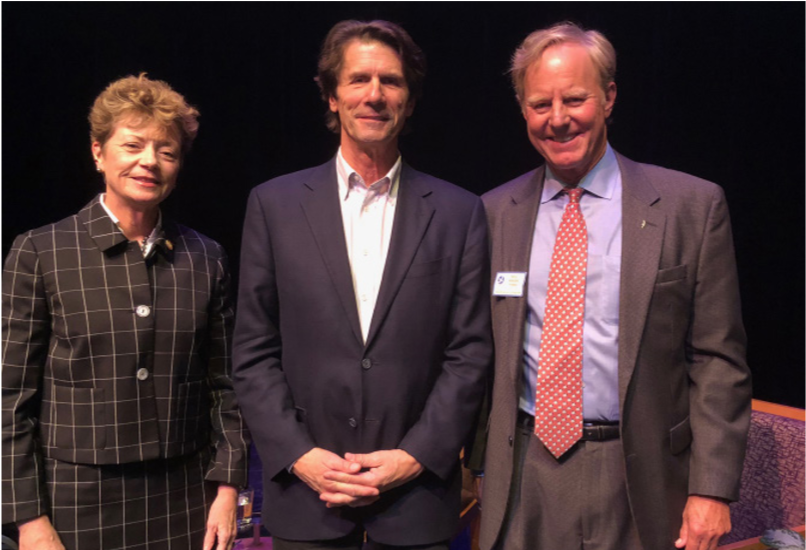After his first big hit in the movie industry in 2017, Get Out, Jordan Peele strikes again with another cinematic knockout, Us. With many hints at American history, past horror movies and existential terrors, it wasn’t as big of a hit as his previous film due to loose ends and a complicated storyline. However, similar to Get Out, it steers away from the typical theme of ghosts haunting a family or house, but touch on a more real side of horror.
Before entering the film industry from a director’s role, Peele was most famously known for his comedic skits with partner, Keegan-Michael Key. Their 30-minute episodes started in January of 2012 and ended in September 2015. Even though they both starred in other movies after, the next big news we heard of them was the trailer of Peele’s first film in a directional role, “Get Out”. This movie premiered in February of 2017 and immediately was seen for the masterpiece it was. As you can imagine, the excitement of the news of a new movie directed and written by Peele created that much more publicity. “Get Out”’s success led to a lot of expectations of success for Us.
The movie starts out with a flashback to young Adelaide’s childhood as she suffers a traumatic experience and isn’t the same growing up. Flash forward and her family, comprised of her husband, daughter and son head to their beach house in the same city that she grew up in; Santa Cruz, Calif. Adelaide is clearly uncomfortable and seems unsettled because her entire life she has been afraid something bad is going to happen. Her instincts lead to be true when four people dressed in red jumpsuits appear standing at the top of their driveway. After a home invasion, they soon come to realize that they each have an evil doppelgänger.
Peele’s vision and craft of every last detail from the slight bits of humor, music choices and the bigger picture leaves a mark. Not only was the storyline and script creepy, but the acting by Lupita Nyong’o as main character, Adelaide and her shadow, Red, was truly remarkable. Her performance wasn’t the only to go noticed, but the ability for the main actors to come across as two completely different characters side by side added to the illusion of horror.
Even though both characters, Adelaide and Red were played by the same actress, the ability for Nyong’o to portray them so differently while still keeping them connected was executed well. Red’s movements throughout the film are almost insect-like, very rapid and hard to keep track of. Another part of her convincing performance, was her raspy voice as Red. In an interview for Variety, Nyong’o said, “I was inspired by the condition spasmodic dysphonia, which is a condition that comes about from a trauma—sometimes emotional, sometimes physical—and it creates this spasming in your vocal cords that leads to an irregular flow of air,” at the Los Angeles premier of the movie.
In an interview with Mike Patches from Polygon, Peele said, “As much as the point of [Us] is setting out to make a movie where it’s not about race, America is about race. It’s always about race. So you can’t really get away from that and people’s experience of the film.” In his first movie, “Get Out”, there is a lot of emphasis on racism and black people but even though “Us” is about a black family, it has nothing to do with race or the fact that they are black. That is one thing that as a creator, Peele struggled with as he said in his interview. “All I wanted to put into place was the simple notion that for every “us” there is a “them.” And that whoever the “us” is that you identify with, there is a way we relate to them.”
All in all, this movie was complicated but also very thoughtful. It had the perfect make up of intimate moments of humor followed by true terror, leaving you with questions. However, that was a huge engaging factor in the movie. Yes, I jumped, yes, I stared at my friends with a puzzled look on my face while the credits were rolling and yes, I want to see this movie again, which leaves me rating “Us” with an 8 out of 10. A quick Google search may be needed following the last scene of this movie.
Alex Cortwright
akcortwright@vwu.edu


